The North American F-100D Super Sabre was one of the first fighters designed for supersonic speeds, and the first of the legendary Century Series.
Gallery:




Features:
- Armament: 4x M39 20 mm cannon, 4x AIM-9B Sidewinder, 2x 335 gallon drop tank
- Camouflage: USAF bare metal
- Recreated with blueprints
- Fairly realistic performance
- A cockpit that should be VR compatible
Nonstandard Controls:
- AG 1 and Yaw: Nose Steering
- AG 2: Air Brake
- AG 3: Drogue Chute
- AG 4: Jettison Tanks
- Throttle>95% for Afterburner
- VTOL for flaps
- Trim for trim
Notes:
- Thanks @ChiChiWerx for the USAF roundels
- Drop tanks negatively affect your speed and maneuverability, jettison them before fighting
- The AIM-9B is one of the earliest air-to-air missiles, really only good for rear-aspect shots against non-maneuvering targets. It is infrared guided and is a fire-and-forget missile for short range.
Background:
The F-100 Super Sabre originated as an evolution of the F-86 Sabre design. With a much more powerful engine, further swept back wings, and other aerodynamic improvements, it could reach supersonic speeds in level flight. The Super Sabre boasted impressive performance, and entered service with the USAF in 1954 where it was nicknamed the “Hun”, derived from its F-100 designation.
But the impressive speeds of the F-100 came at a cost. It had unforgiving handling characteristics, especially at low speeds. With a highly swept wing, the wingtips stall first and move the center of lift forwards, causing unwanted pitch-up. This loses even more speed and makes the problem worse, creating something of a vicious cycle. At low altitudes, like when coming in for a landing, there may not be time to recover or eject and this could prove fatal. This phenomenon was so ubiquitous it gained a name; the “Sabre Dance”. In all, 889 Huns would be lost to accidents of various causes.
The F-100 is best remembered for its service in the Vietnam war. Early in the war, still in an unpainted bare metal finish, it provided Combat Air Patrol for strike packages, deterring enemy MiGs to protect friendly aircraft. It was in this scenario that the F-100 scored its first and only air-to-air kill of the war, when F-100D 55-2894 shot down a MiG-17 with its 20 mm cannons on April 4, 1965. With the arrival of the F-4 to provide air cover, the F-100 shifted to ground attack duties. Wearing camouflage and carrying bombs, it was in these roles that the Hun carried out the vast majority of its sorties in the war, providing close air support, forward air control, and suppression of enemy air defenses.
The D model was the definitive Super Sabre, widely produced and exported. It added support for the AIM-9 Sidewinder as standard and featured a redesigned tail and wings. The F-100 was also flown by Denmark, France, Taiwan, and Turkey, seeing combat with the latter three operators. A number of F-100s survive today, some even in flying condition.
Specifications
Spotlights
- This craft is curated
- RicardoACE 2.9 years ago
- TatsuTheOtaku 2.9 years ago
- MrShenanigansSP 2.9 years ago
- TheCommentaryGuy 2.9 years ago
- Dragoranos 2.9 years ago
General Characteristics
- Successors 4 airplane(s) +7 bonus
- Created On Windows
- Wingspan 35.3ft (10.8m)
- Length 49.3ft (15.0m)
- Height 17.1ft (5.2m)
- Empty Weight 16,568lbs (7,515kg)
- Loaded Weight 29,522lbs (13,391kg)
Performance
- Power/Weight Ratio 0.538
- Wing Loading 73.0lbs/ft2 (356.5kg/m2)
- Wing Area 404.3ft2 (37.6m2)
- Drag Points 1157
Parts
- Number of Parts 364
- Control Surfaces 5
- Performance Cost 1,647

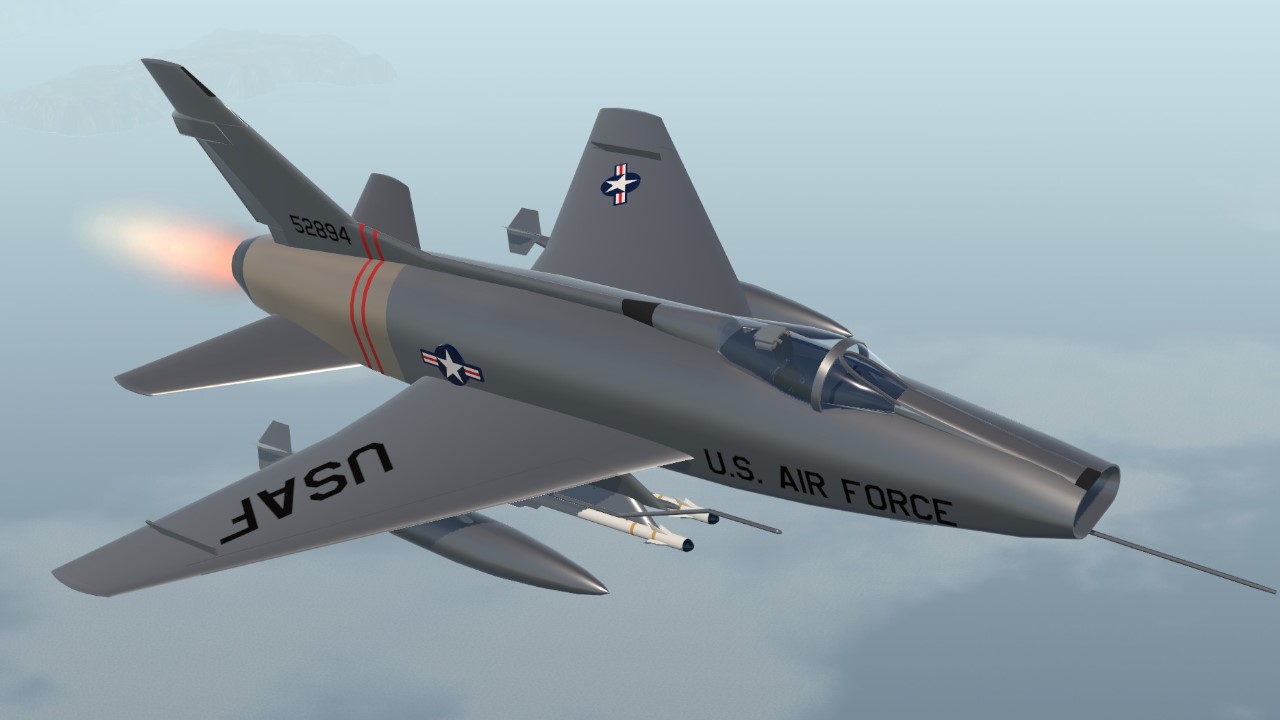
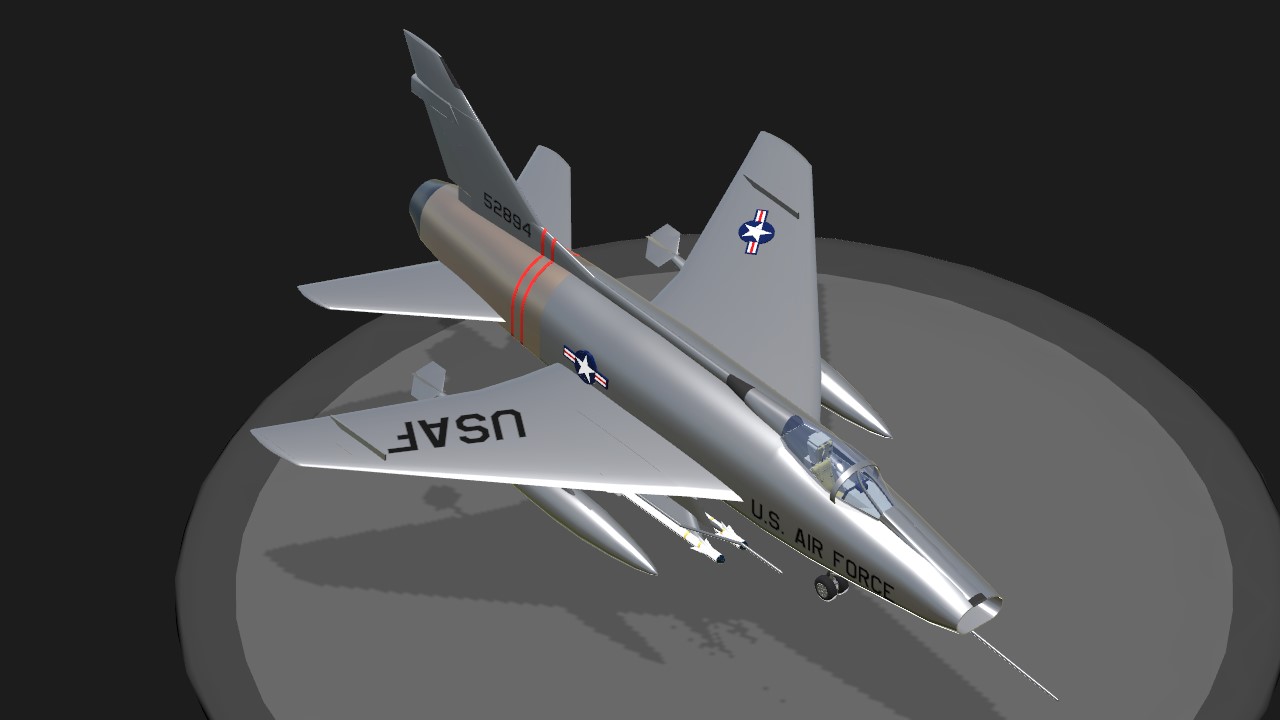
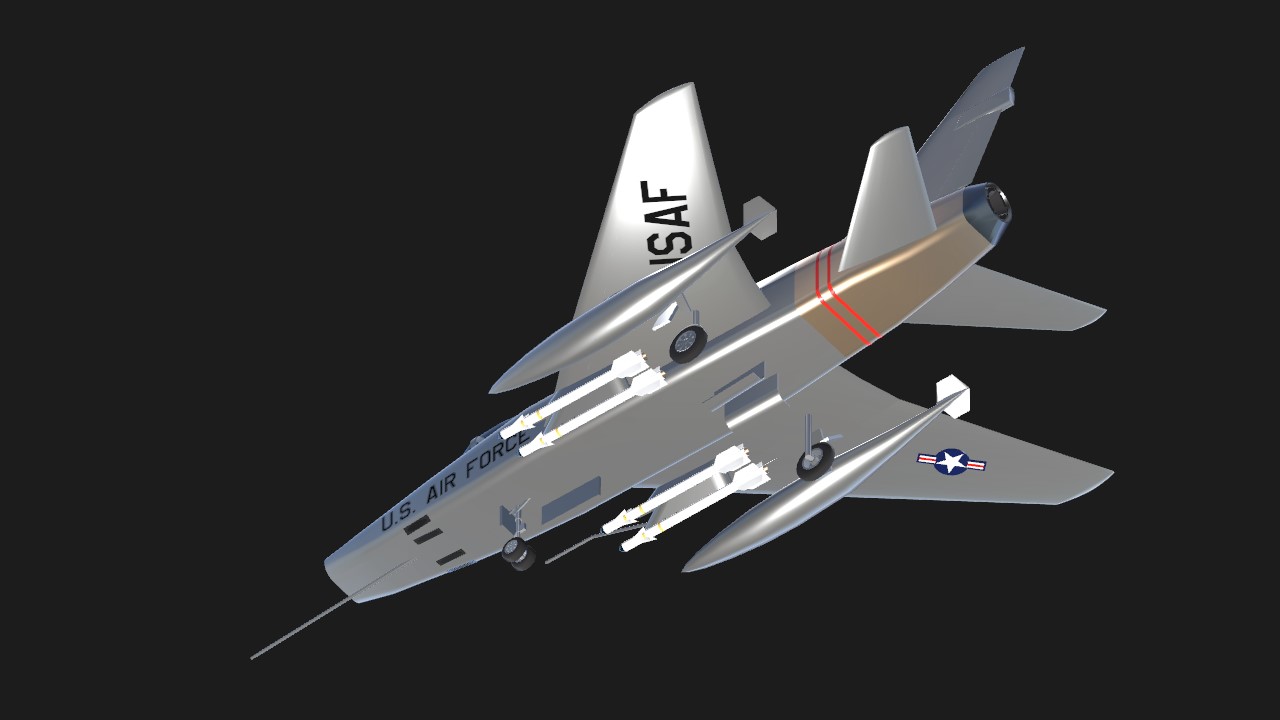
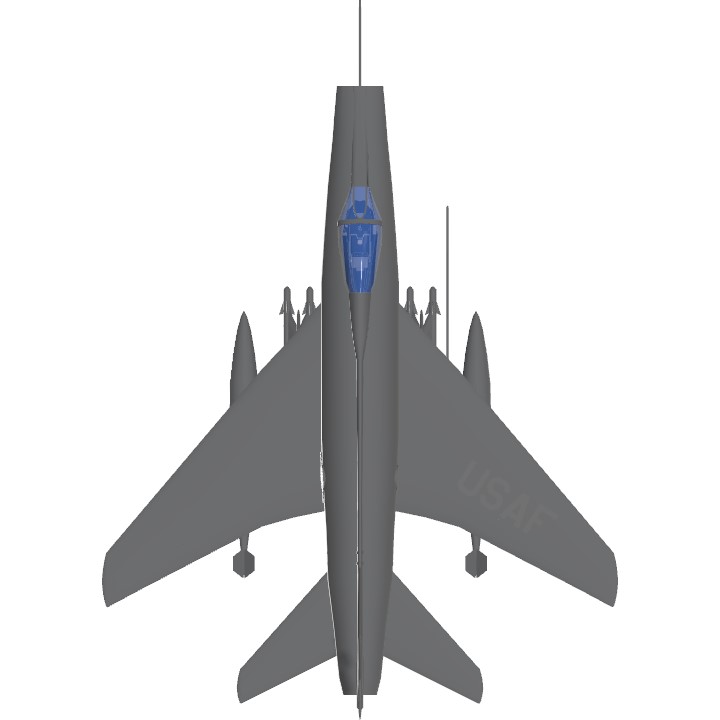
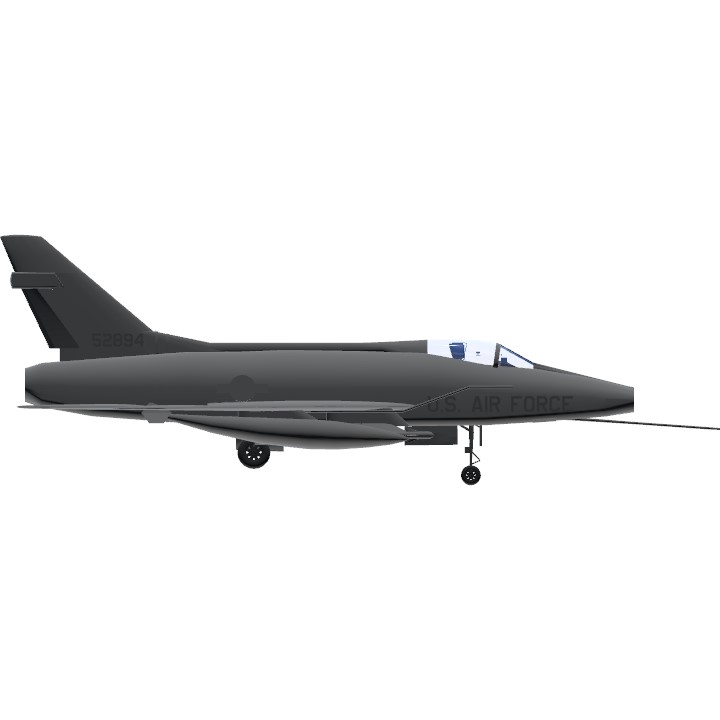
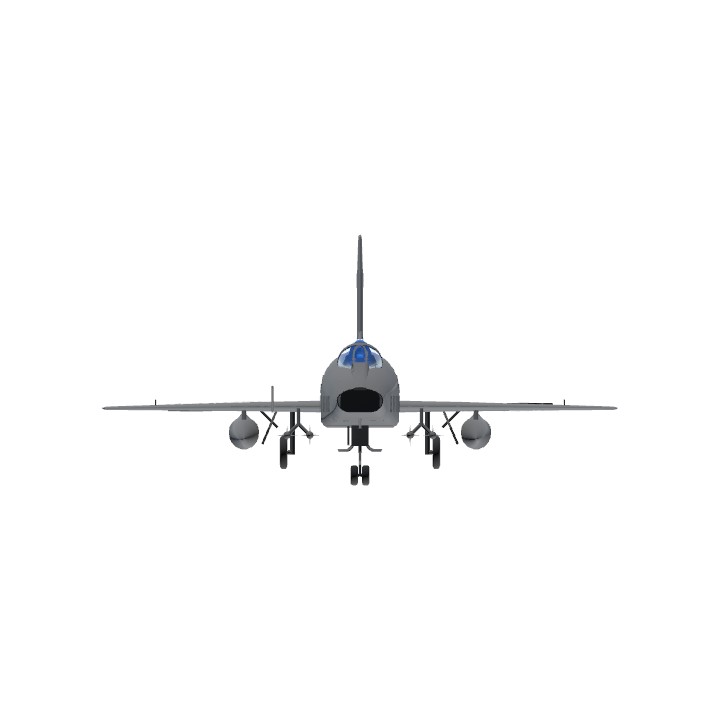
@Brionne If taking off with the full load of Sidewinders and drop tanks, go into full afterburner and begin pitching up at 160 knots. You should lift off at ~200 knots.
@WowzaSaintChamond I am having the same problems
fish
For some reason the aircraft keeps veering off to the sides during takeoff. Does anyone know how to solve this problem?
I love to see such a classic plane used in the Korean War posted on this website
@PevertzJJ 🗿
@PevertzJJ @PevertzJJ kucing ikan
Catfish
stall before take off